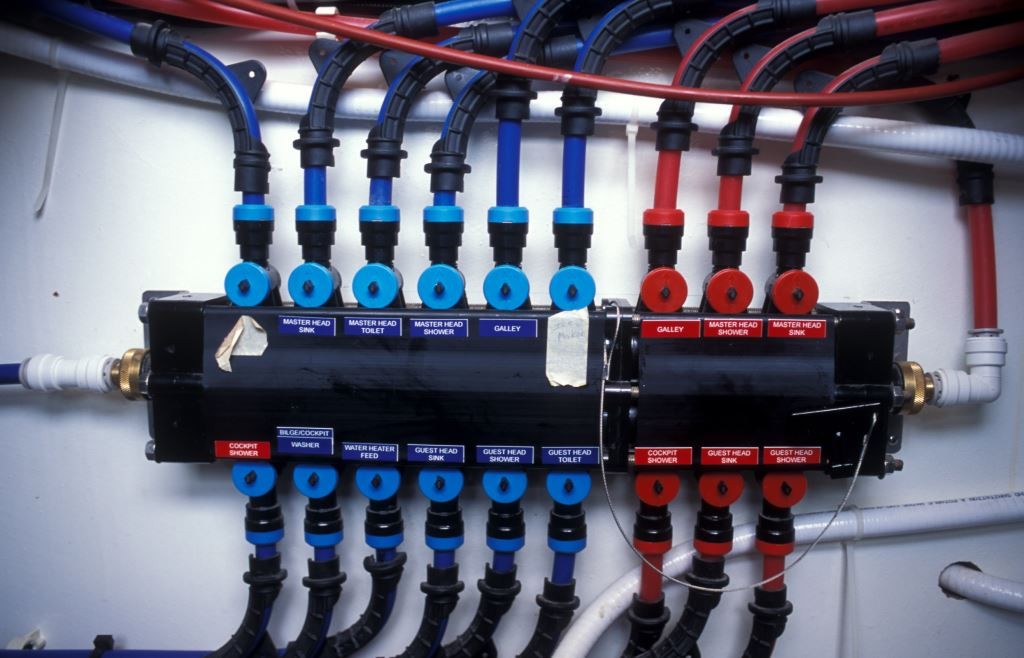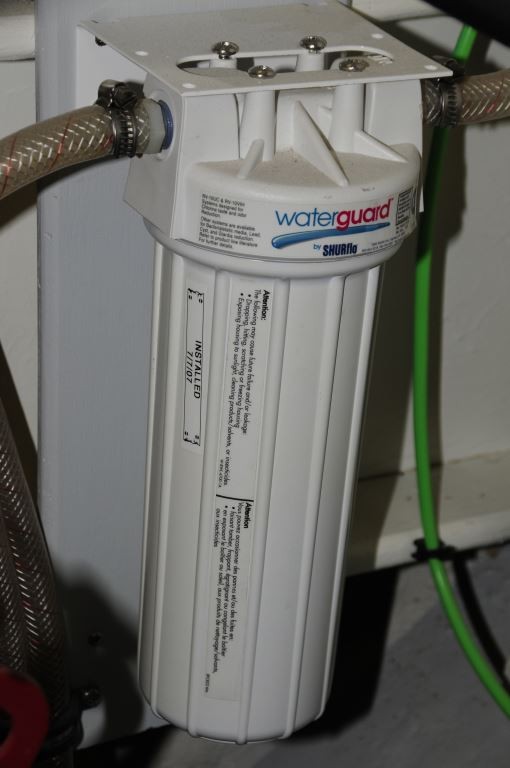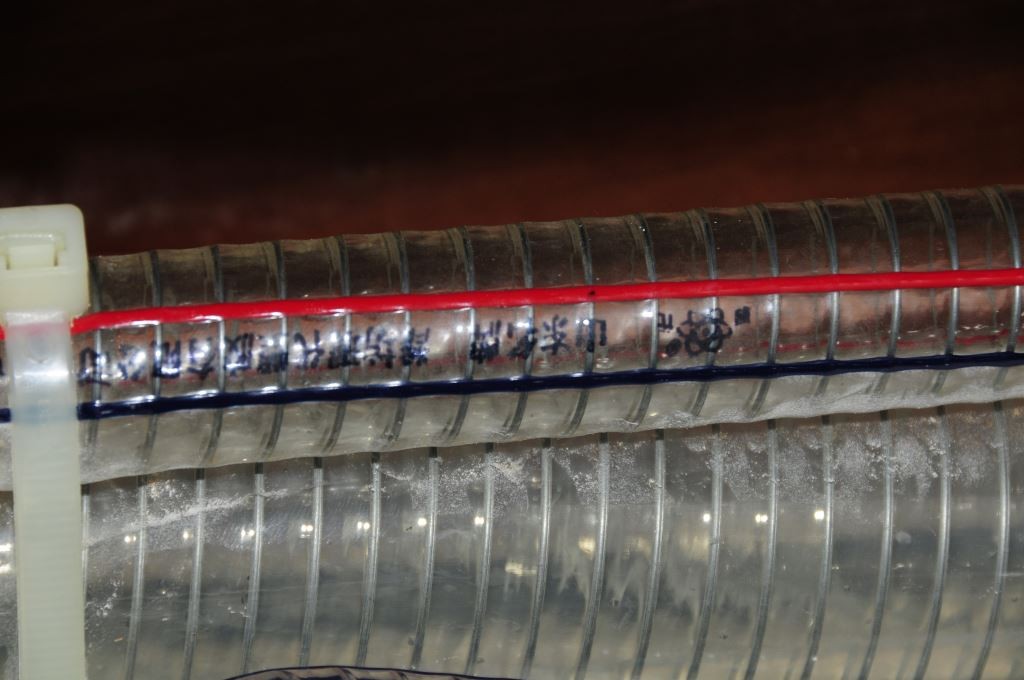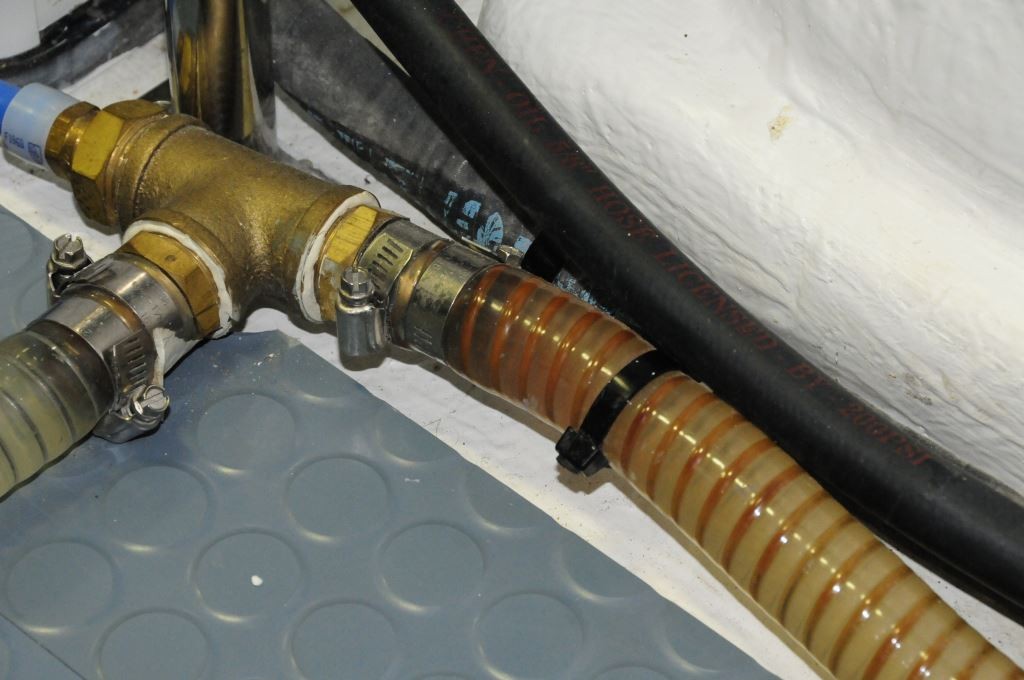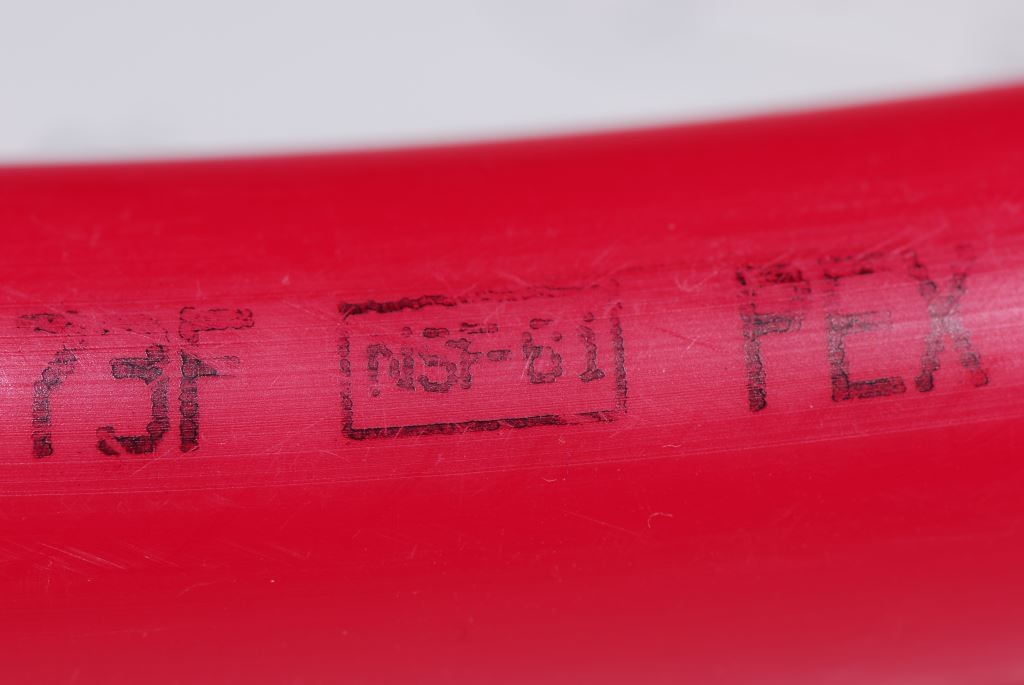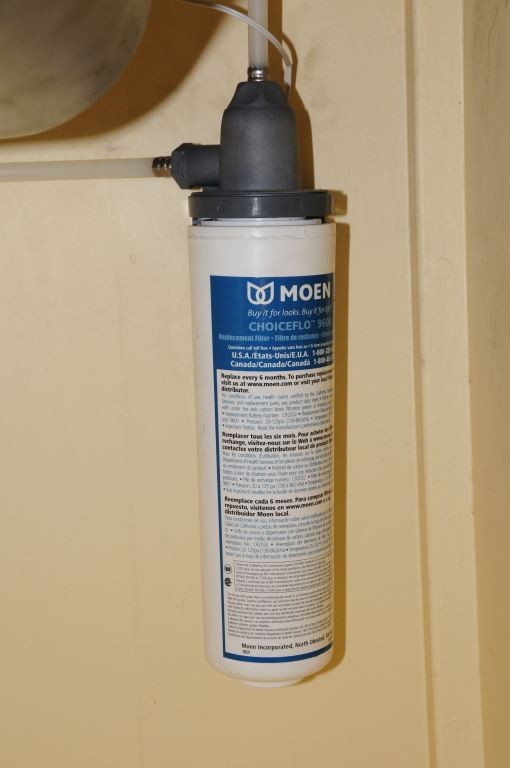Photos and text by Steve D’Antonio
Copyright 2015 SDMC Inc.
From the Editor
Dear SDMC Marine Systems Excellence Ezine subscriber:
January has been a busy travel and project month for SDMC. Much of it has been spent in New Zealand. Early in January I spent a day at the facilities of Maxwell, the well-known manufacturer of high quality winches and windlasses. I’ve posted some images from this visit on SDMC’s Facebook page, and will write a longer account for the Ezine in the near future. Katie, my wife Sandy and I then spent the next ten days driving from Auckland on New Zealand’s North Island, to Fiordland, at the bottom of New Zealand’s South Island, by way of the Fox Glacier, Dunedin (and the adjacent and spectacular Otago Peninsula) and Akaroa. If you’ve never been, New Zealand is simply spectacular, just one million people inhabit the south island, which means to us northern hemisphere types, it seems deserted. The Kiwis, however, complained about the crowds during their summer holiday season. The scenery varies from volcanic and snow capped mountains to heavily forested hillsides, pastures, farms and sheep, lots of sheep. It’s not often I describe a location as ‘spiritual’, however, that word aptly describes the plethora of delights offered by this enchanting land.
 Wildlife in New Zealand abounds, a blue penguin, the world’s smallest penguin species, peers out from its hillside burrow on the Otago Peninsula.
Wildlife in New Zealand abounds, a blue penguin, the world’s smallest penguin species, peers out from its hillside burrow on the Otago Peninsula.
From here we traveled to Sydney, Australia where I conducted a systems review session with a client, aboard his recently refit vessel. Upon completion of that project I headed to Southern China, where I am now, for a new construction vessel inspection. Finally, I will go on to Turkey for another new build inspection at a yard there. Upon completion of this trip I will have circumnavigated the globe.
This month’s Ezine covers the topic of potable water. While this system is often relegated to afterthought status, it’s among the most important. A failure could mean either no water, or contaminated water, with the latter potentially leading to serious illness. I hope you find it both interesting and useful.
Potable Water Systems
Whole-vessel filters provide filtration for all water leaving the vessel’s tanks. Canisters, and replacement elements, of this sort are readily available, and inexpensive, t home improvement stores. They should always be installed after pumps.
Unlike propulsion, steering and watertight integrity, potable water systems are rarely thought of as critical. After all, the vessel will continue to function safely without potable water. However, the crew is another matter, without cleanwater they can be stricken with debilitating illnesses, which in turn may compromise the safe operation of the vessel. Therefore, close attention should be paid to this all too critical system.
Begin the analysis of your system with the tank, what is it made from and has it ever been opened and inspected? Ideal potable water tank materials include 316L stainless steel, fiberglass that is coated with FDA-approved gelcoat or epoxy and virgin linear polyethylene. Because of its susceptibility to both galvanic and poultice corrosion, aluminum, while used occasionally for water tanks, as well as integrally aboard aluminum vessels, is less than desirable in potable water applications.
Proprietary polyethylene plumbing systems like the one shown here have become increasingly popular, they are leak-resistant, easy to install and reliable.
Water tanks, like all tanks aboard, should be equipped with inspection or clean out ports. If the tank is so equipped and it’s never been opened during your ownership, carrying out an inspection makes good sense; ignorance is anything but bliss when it comes to potable water tank contamination. Using a sanitary rubber glove, swab a finger across the inside of the tank; if it feels slimy or has an odor the tank needs to be cleaned, which means the interior should be scrubbed with detergent, rinsed and sanitized rather than simply shocked with chlorine.
Hose that lacks a legible designation for potable water use is not suitable for this application. Insist that your yard or builder use hoses that clearly specify that they are for potable water applications.
While some hose may appear to be appropriate for potable water use, check carefully and don’t assume that a hose is suitable unless it’s been identified.
Next, have a look at the plumbing. All hoses, tubing and pipe should be rated for potable water use. If it’s not, there’s no telling what particles or compounds may be sloughing or leaching into the vessel’s water supply. Hose, plastic tubing and plastic pipe should be labeled with at least one of the following: “NSF61”, “FDA Approved” or “potable water approved”. In spite of its ubiquity, because of its propensity to support algal growth, while acceptable, clear hose is less than ideal.
Clear hose is less than ideal as it will support algal growth. This hose is also not rated for pressure applications, it’s bulging between its wire reinforcement.
Plumbing used for potable water should always include a designation ensuring it is suitable for the application, such as ‘NSF-61’ shown here.
Conversely, opaque polyethylene, copper or PVC plumbing is well suited to this application. Don’t overlook fill and vent hoses, these too must carry the same, above-mentioned nomenclature, ensuring the user that they are safe for potable water use. It’s not uncommon to find fuel hose used in this application. Those installing or working on potable water systems must be assiduous in maintaining their cleanliness, tank openings as well as plumbing ends must remain closed, taped over or otherwise covered unless they are actually being worked on.
The upper hose is contaminated with biological growth, evidenced by its darkened color. Growth of this sort can lead to foul smelling and tasting water, as well as illness for those consuming it.
Filters can present a first, second and third line of defense against potable water contamination. When filling tanks, running dockside water (dockside hoses are notorious for lacking a potable water approval rating, therefore avoid using hoses that are labeled “not for potable water use” as many are, and hoses that have baked in the sun for days or weeks may not only leach contaminants into the water within, they also often a de facto biological soup incubator) through a high volume, inline filter will ensure clean water is brought aboard. Beware; however, filters containing activated charcoal should not be used in this application as they will neutralize chlorine contained in municipal water supplies, which will almost certainly lead to biological growth within the tank and plumbing. Additionally, in live aboard applications, any filter that you intend to leave on the dock should rely on an opaque canister; clear canisters become ideal breading grounds for algae.
Whole vessel filters may rely on a clear bowl. This is acceptable for use inside the vessel, however, avoid using these on the dock for pre-filtration as they will support algae. Only opaque filters should be used in this application.
Whole boat filters may be used immediately downstream of the vessel’s water supply pump, and in this case activated charcoal, along with a particulate filter, makes excellent sense. These need not be “marine” filters; household units work very well and replacement elements are both readily available and inexpensive. Alternatively, you may choose to only, or additionally, filter water that’s intended for drinking, cooking or washing utensils, using what’s known as a point of use or under counter unit. These are lower volume, more specialized – most incorporate a carbon component – and typically rely on a compact filter and dedicated countertop spigot. If you are particularly sensitive to water cleanliness, both filter types are desirable.
Point of use filters offer an added measure of water cleanliness, for drinking and cooking. Most are installed under counter tops, with a dedicated spigot.
If properly designed, installed and maintained, potable water systems can be relied upon to provide clean, fresh-tasting water.
For more information on the services provided by Steve D’Antonio Marine Consulting, Inc. please e mail Steve at info@stevedmarineconsulting.com or call 804-776-0981

